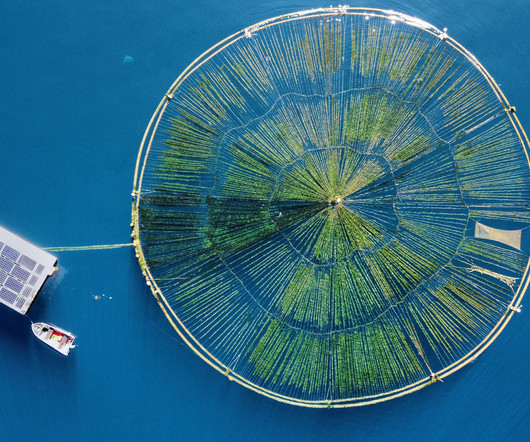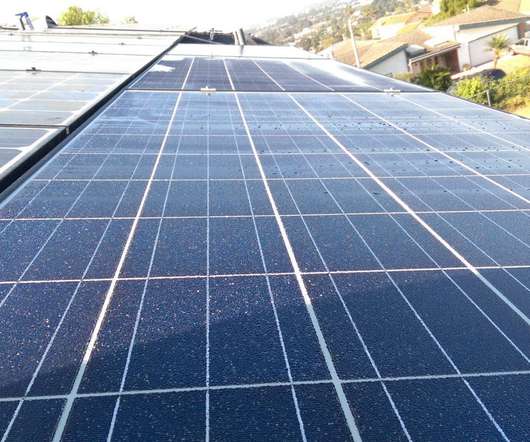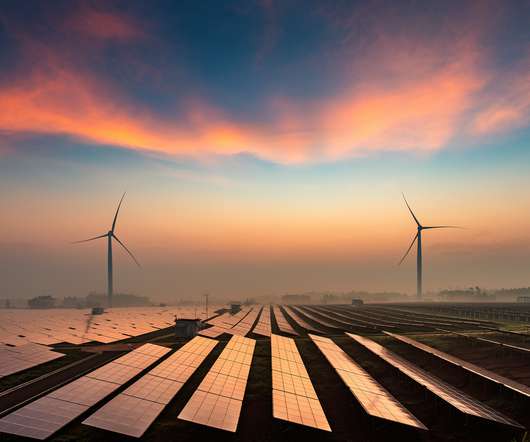Pilot Project Sends Kelp–and Carbon–to the Seafloor
Cars That Think
DECEMBER 21, 2023
Last January, in the waters off Cebu City in the Philippines, researchers first deployed a huge flexible ring seeded with seaweed and spanned by spokelike ropes and tubes. The Climate Foundation is one of several startups growing kelp to remove carbon dioxidefrom the ocean. This article is part of our special report Top Tech 2024.












Let's personalize your content